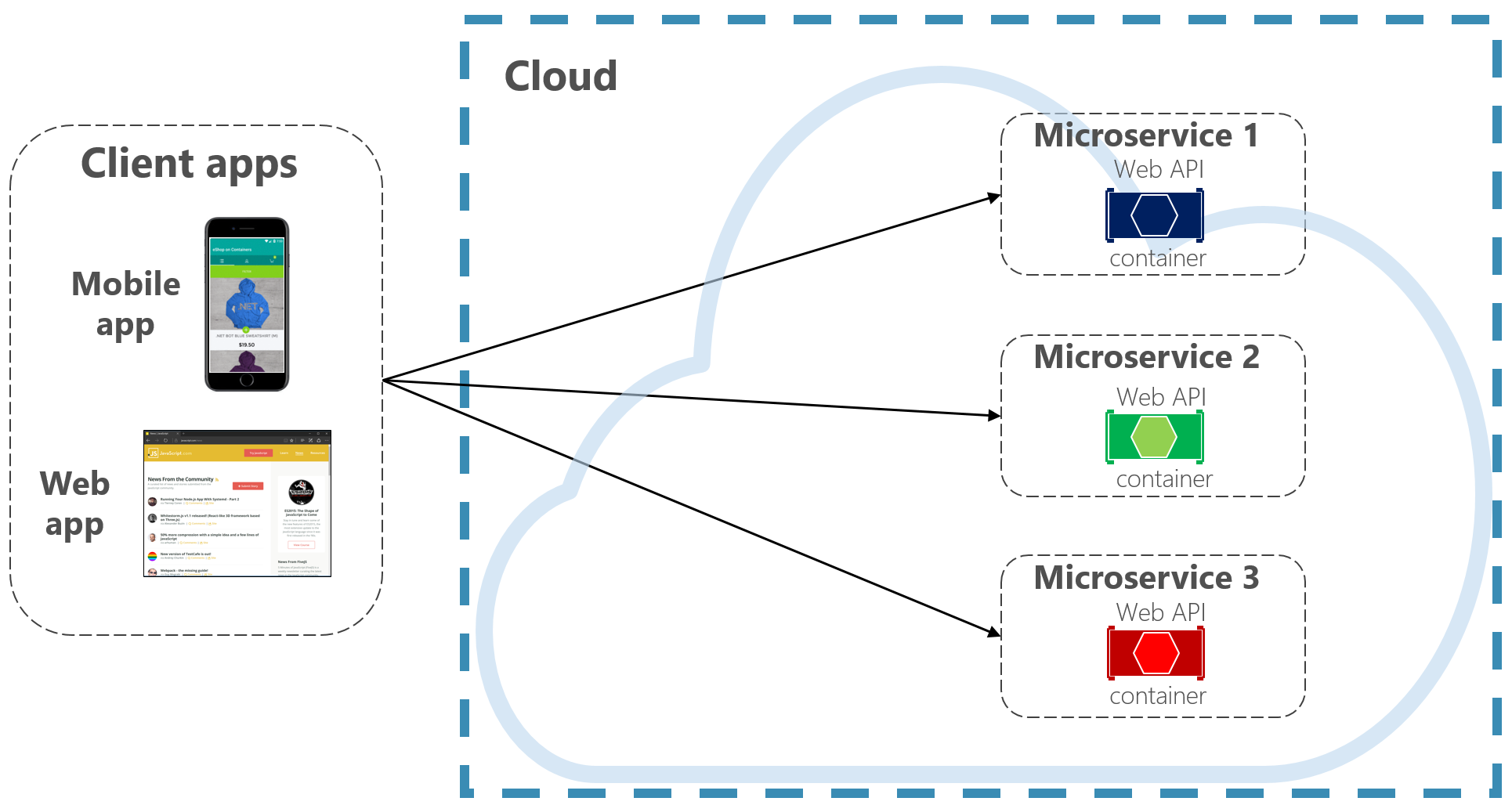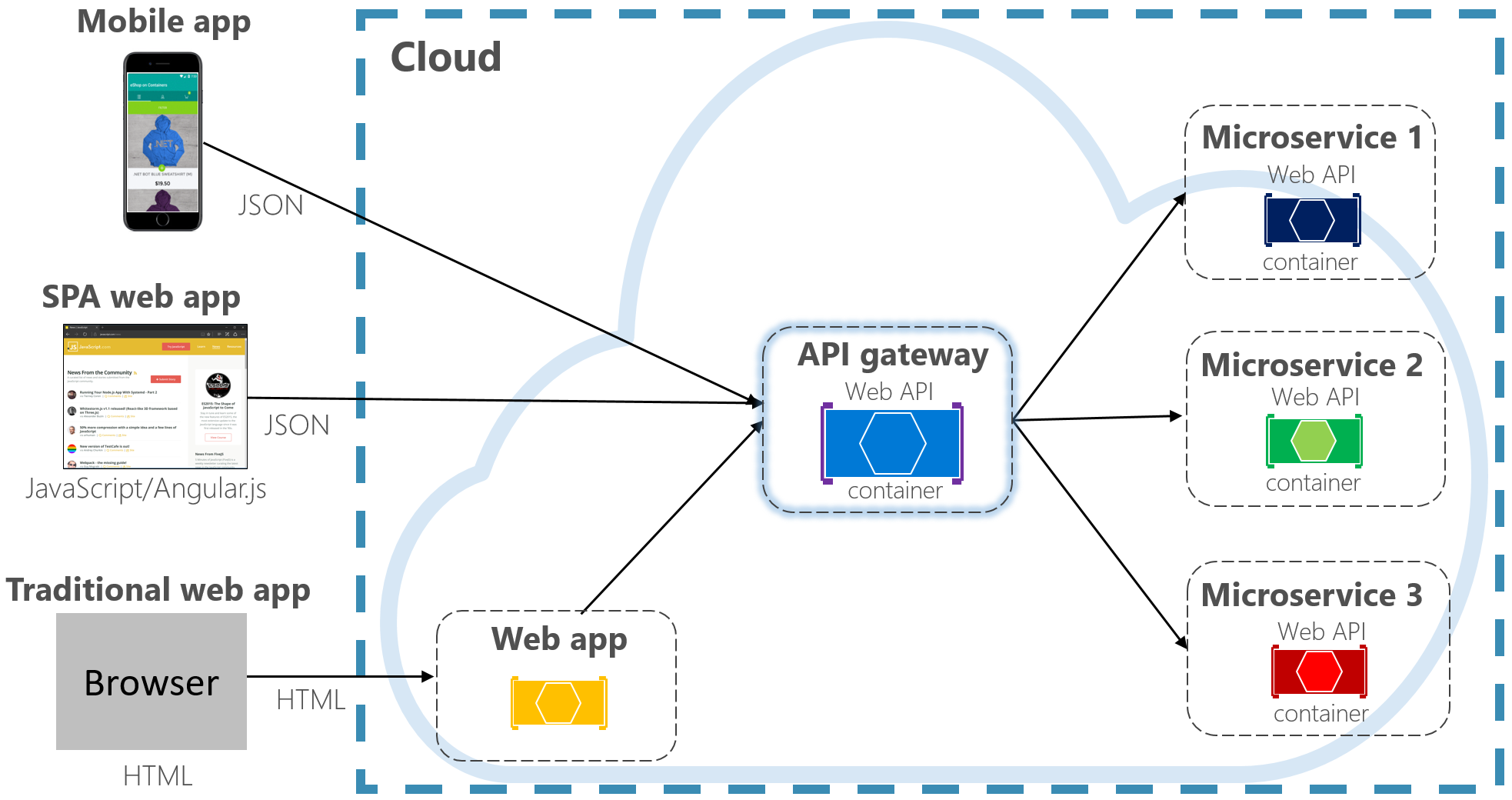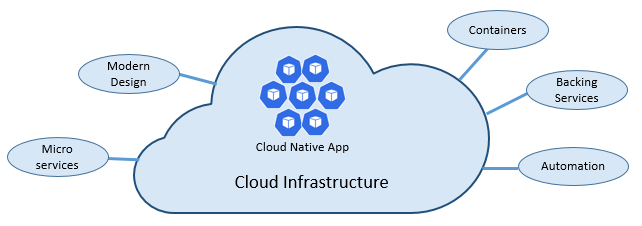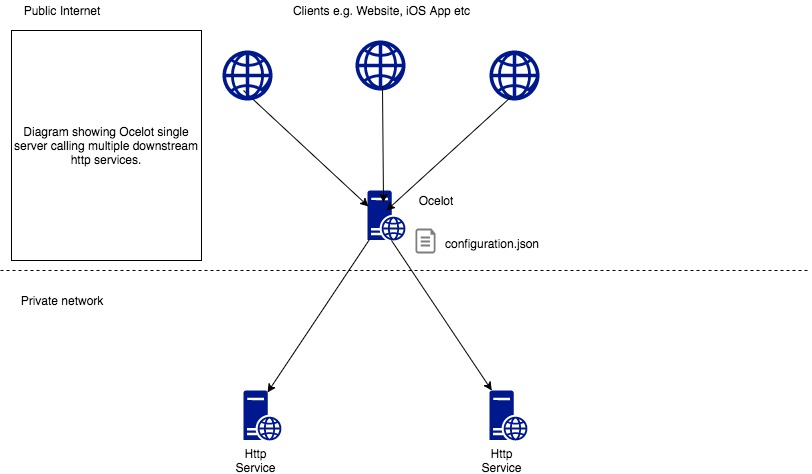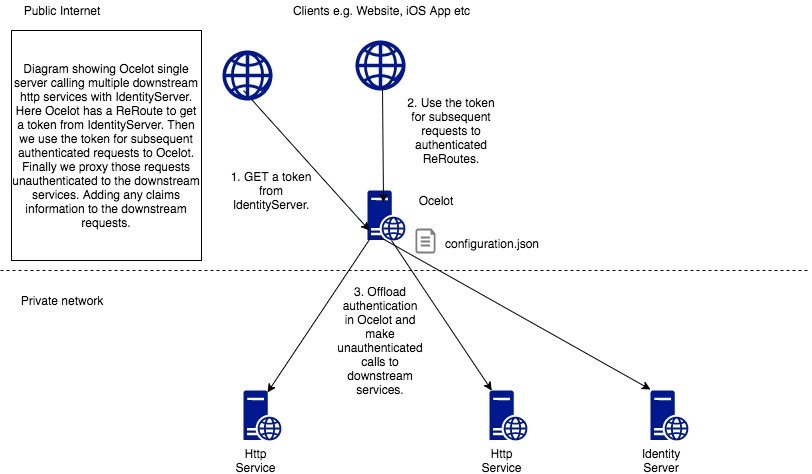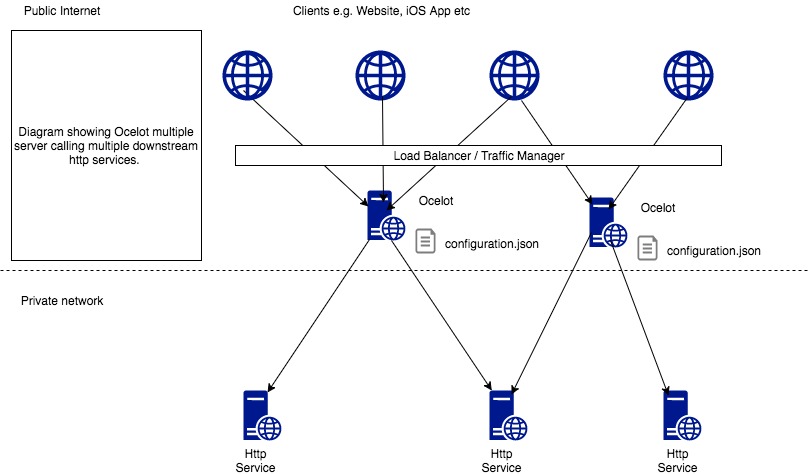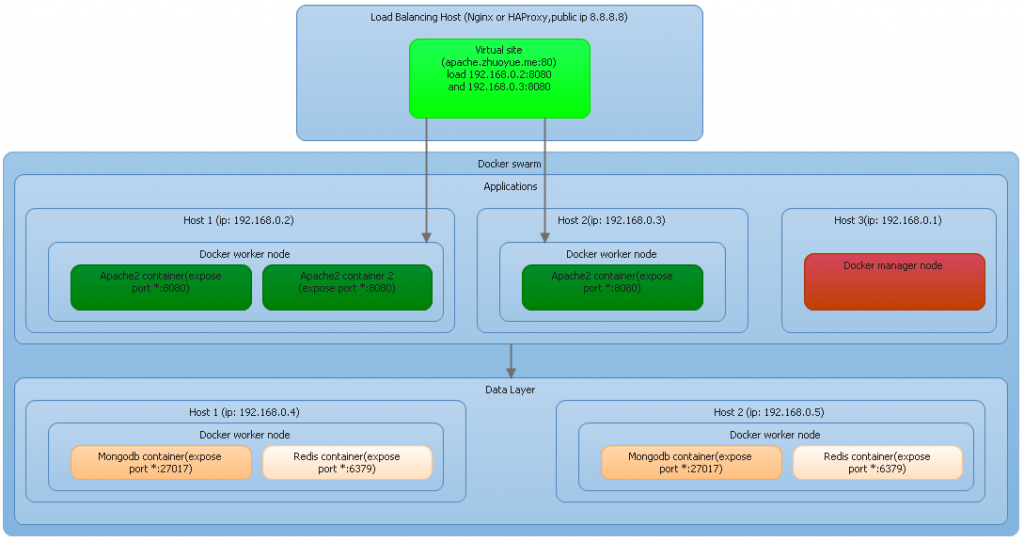Before diving into the world of Kubernetes, let’s take a look at what Kubernetes was built on – Docker.
Docker is famous for its simplicity and ease of use. That’s what made Docker popular and became the foundation of Kubernetes. A Docker container is stateless and fast. It can be destroyed and recreated without paying much of a price. But it’s hard to live a meaningful life with amnesia. No matter if it’s your database, your key-value store, or just some raw data. Everyone needs persistent storage.
It’s straightforward to create persistent storage in Docker. In the early versions, the user can use -v to create either a new anonymous undetermined sized empty volume or a bind-mount to a directory on the host. During those days, there was no third party interface allowing you to hook into Docker directly, though it could be easily worked around by bind-mounting the directory which had already been mounted by storage vendor on the host. In August 2015, Docker released v1.8, which officially introduced the volume plugin to allow third-parties to hook up their storage solutions. The installed volume plugin would be called by Docker to create/delete/mount/umount/get/list related volumes. And each volume would have a name. That’s it. The framework of the volume plugin remains largely the same till this day.
Persistent Volume and Persistent Volume Claim
When you try to figure out how to create persistent storage in Kubernetes, the first two concepts you will likely encounter are Persistent Volume (PV), and Persistent Volume Claim (PVC).
So, what are they? Which one of the two works like the volume in Docker?
In fact, neither works like the volume in Docker. In addition to PV and PVC, there is also a Volume concept in Kubernetes, but it’s not like the one in Docker. We will talk about it later.
After you read a bit more about PV and PVC, you would likely realize that PV is the allocated storage and PVC is the request to use that storage. If you have some experiences previously with cloud computing or storage, you would likely think PV is a storage pool and PVC is a volume which would be carved out from the storage pool.
But no, that’s not what PV and PVC are. In Kubernetes, one PV maps to one PVC, and vice versa. It’s one to one mapping exclusively.
I’ve explained those multiple times to people with extensive experience with storage and cloud computing. They almost always scratch their heads after, and cannot make sense of it.
I can’t make sense of it either when I encountered those two concepts for the first time.
Let’s quote the definition of PV and PVC here:
A PersistentVolume (PV) is a piece of storage in the cluster that has been provisioned by an administrator. It is a resource in the cluster just like a node is a cluster resource. PVs are volume plugins like Volumes but have a lifecycle independent of any individual pod that uses the PV. This API object captures the details of the implementation of the storage, be that NFS, iSCSI, or a cloud-provider-specific storage system.
A PersistentVolumeClaim (PVC) is a request for storage by a user. It is similar to a pod. Pods consume node resources and PVCs consume PV resources. Pods can request specific levels of resources (CPU and Memory). Claims can request specific size and access modes (e.g., can be mounted once read/write or many times read-only).
The keywords you need to pay attention to here are by an administrator and by a user.
In short, Kubernetes separates the basic unit of storage into two concepts. PV is a piece of storage which supposed to be pre-allocated by an admin. And PVC is a request for a piece of storage by a user.
It said that Kubernetes expects the admin to allocate various sized PVs beforehand. When the user creates PVC to request a piece of storage, Kubernetes will try to match that PVC with a pre-allocated PV. If a match can be found, the PVC will be bound to the PV, and the user will start to use that pre-allocated piece of storage.
This is different from the traditional approach, in which the admin is not responsible for allocating every piece of storage. The admin just needs to give the user permission to access a certain storage pool, and decide what’s the quota for the user, then leave the user to carve out the needed pieces of the storage from the storage pool.
But in Kubernetes’s design, PV has already been carved out from the storage pool, waiting to be matched with PVC. The user can only request the pre-allocated, fixed-size pieces of storage. This results in two things:
- If the user only needs a 1 GiB volume, but the smallest PV available is 1 TiB, the user would have to use that 1 TiB volume. Later, the 1 TiB volume won’t be available to any other users, who are probably going to need much more than 1 GiB. This would not only cause the waste of the storage space, but also would result in a situation where some workloads cannot be started due to the resource constraint, while other workloads are using excessive amounts of resources that they don’t need.
- In order to alleviate the first issue, the administrator either needs to constantly communicate with the user regarding what size/performance of the storage the user needs at the time of the workload creation, or predict the demand and pre-allocate the PV accordingly.
As a result, it’s hard to enforce the separate of allocation (PV) and usage (PVC). In the real world, I don’t see people using PV and PVC as the way they were designed for. Most likely admins quickly give up the power of creating PV and delegate it to users. Since PV and PVC are still one to one binding, the existence of PVC become unnecessary.
So in my opinion, the use case PV and PVC designed for is “uncommon”, to say the least.
I hope someone with more Kubernetes history background can chip in here, to help me understand why Kubernetes is designed in this way. Continue reading “Kubernetes PV, PVC, Storage Class, and Provisioner”

